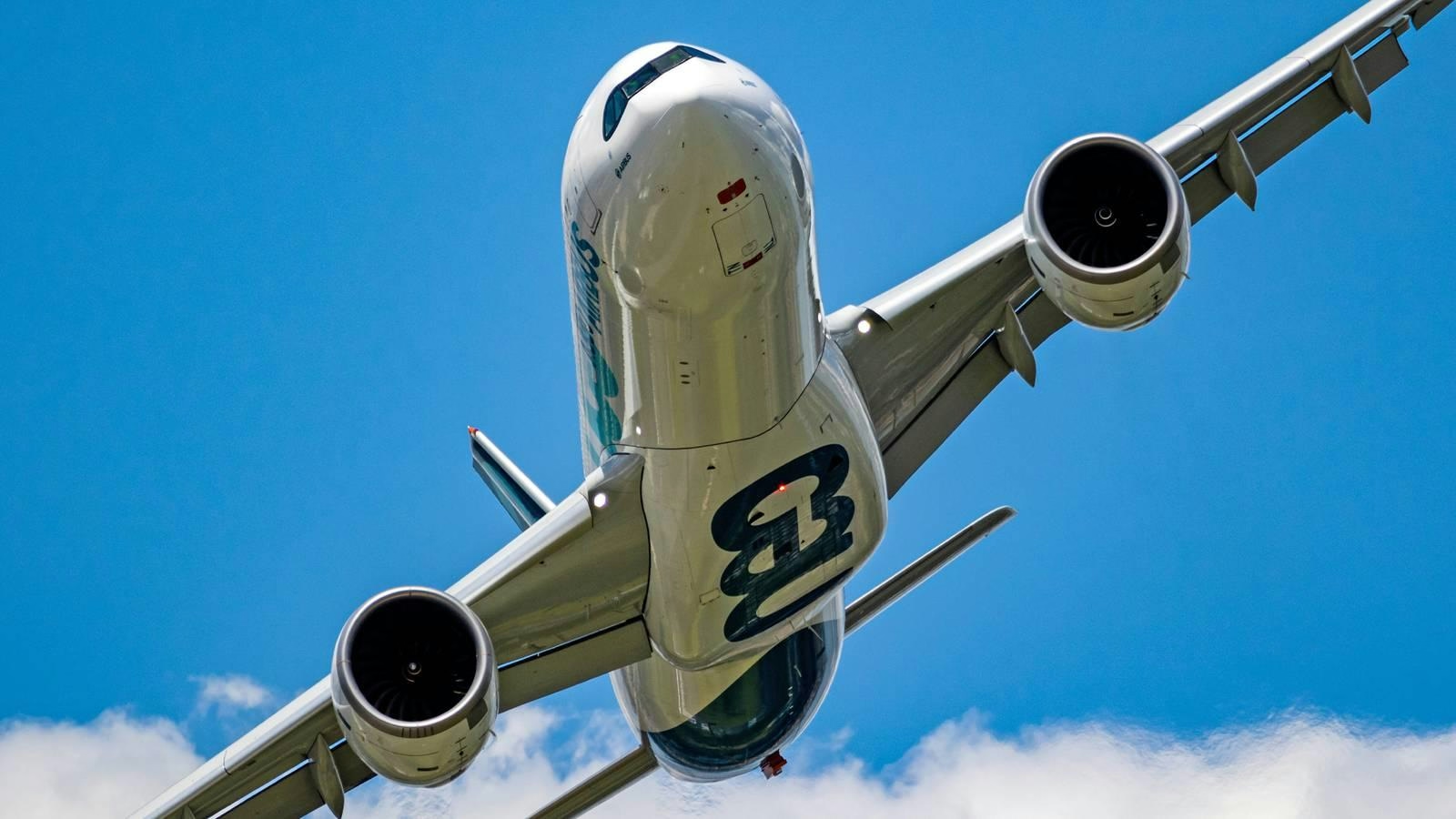
AeroGenie — Votre copilote intelligent.
Tendances
Categories
Why Passengers Prefer the Boeing 777-300ER
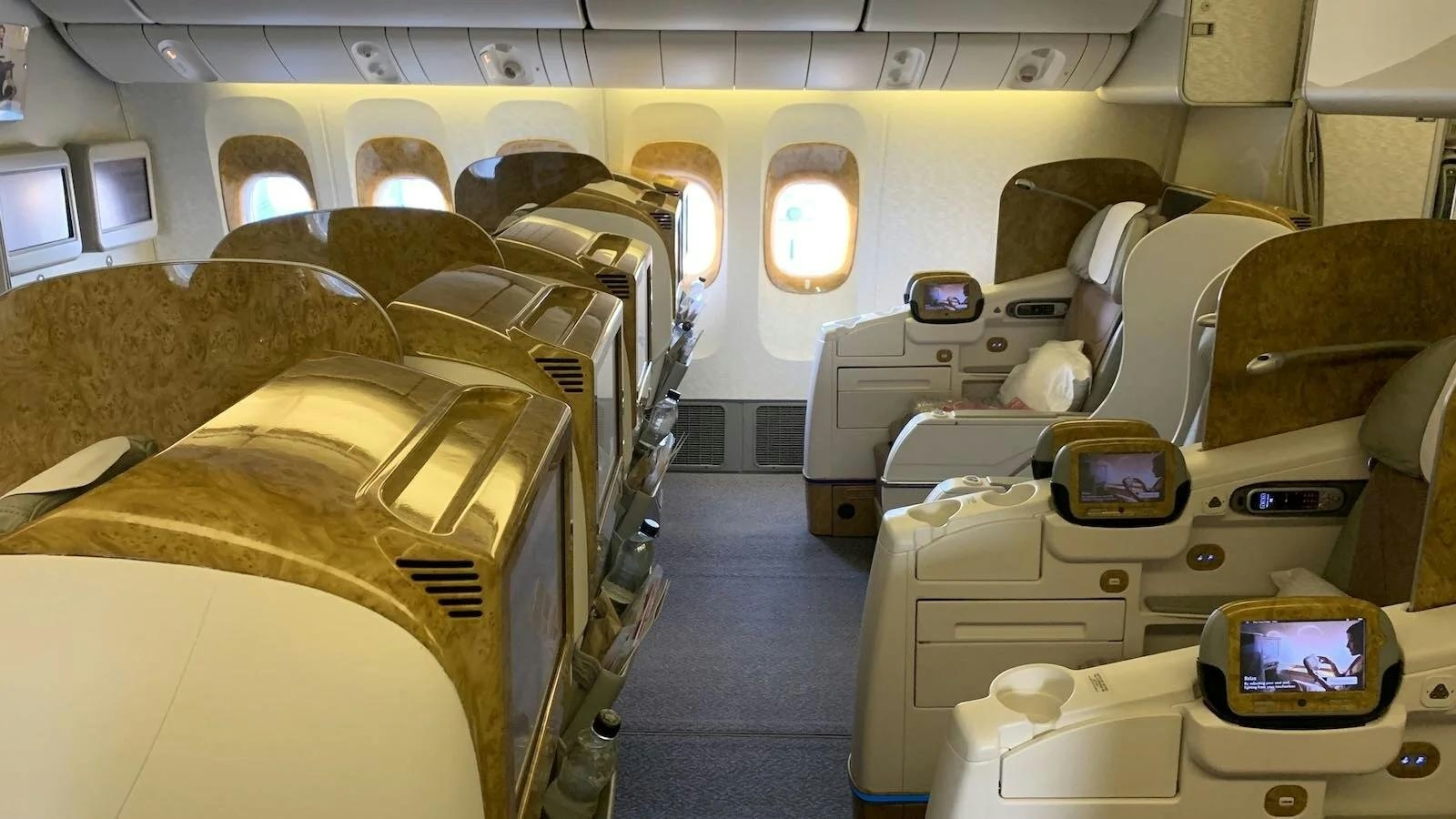
Why Passengers Prefer the Boeing 777-300ER
The Boeing 777-300ER has established itself as the most successful variant within the world’s leading widebody aircraft program. Engineered to rival the iconic Boeing 747 in both range and capacity, the 777-300ER offered airlines a flagship model with markedly improved fuel efficiency. This combination swiftly made it a preferred choice among carriers globally, effectively signaling the decline of the 747’s future market. Boeing has sold over 800 units of the 777-300ER, surpassing the 694 deliveries of the 747-400 and the 155 of the 747-8.
Although the 777-300ER does not boast the ultra-modern interiors found in the Boeing 787 or Airbus A350, it remains one of the most comfortable long-haul aircraft in operation. Airlines frequently designate it as their flagship, outfitting it with premium cabins and amenities. This dedication to passenger comfort, coupled with the aircraft’s renowned reliability, has cemented the 777-300ER’s popularity among travelers and airlines alike—a trend expected to persist in the coming years.
Evolution of the Boeing 777
The Boeing 777 entered commercial service in 1995 with United Airlines. The initial lineup included the base 777-200, followed by the extended-range 777-200ER and the stretched 777-300. Early models were powered by three engine options: the General Electric GE90, Rolls-Royce Trent 800, and Pratt & Whitney PW4000.
The second generation of the 777 introduced significant enhancements, including structural reinforcements, advanced GE90 engines, raked wingtips, and upgraded landing gear. The 777-300ER, which debuted in 2004, was the first of these improved models, succeeded by the ultra-long-range 777-200LR and the 777F freighter. The forthcoming 777X series represents the third generation, with the 777-9 intended to replace the 777-300ER and the 777-8/777-8F set to succeed the 777-200LR and 777F.
Despite strong demand exceeding 500 orders for the 777X, Boeing has encountered repeated delays in certification and delivery. These setbacks have raised concerns among airlines and industry analysts, as the timely introduction of the 777X is critical to Boeing’s competitive standing and financial performance. Delays may disrupt airline fleet planning and create openings for rival manufacturers.
Passenger Experience and Cabin Innovations
A central factor in the 777-300ER’s sustained appeal is its passenger-centric design. Boeing pioneered the "Signature Interior" on the 777, incorporating curved panels, indirect mood lighting, and pivoting overhead bins—features that fostered a more spacious and calming cabin atmosphere. These innovations, groundbreaking in the 1990s, have since become standard across modern airliners and contributed significantly to the 777’s reputation for comfort.
Airlines continue to enhance the 777’s passenger experience. For instance, American Airlines is retrofitting its 777-200ER fleet with updated cabins and Viasat Wi-Fi, ensuring the aircraft remains competitive with newer models. The 777-300ER’s wide cabin facilitates spacious seating arrangements and advanced in-flight entertainment systems, further elevating its appeal.
Looking Ahead
The Boeing 777-300ER’s combination of range, efficiency, and passenger comfort has solidified its status as a flagship aircraft for many airlines. While the aviation industry anticipates the arrival of the next-generation 777X, the 777-300ER continues to set the benchmark for long-haul travel through ongoing cabin enhancements and a proven record of reliability. As both airlines and passengers prioritize comfort and consistency, the 777-300ER remains a preferred choice in global aviation.
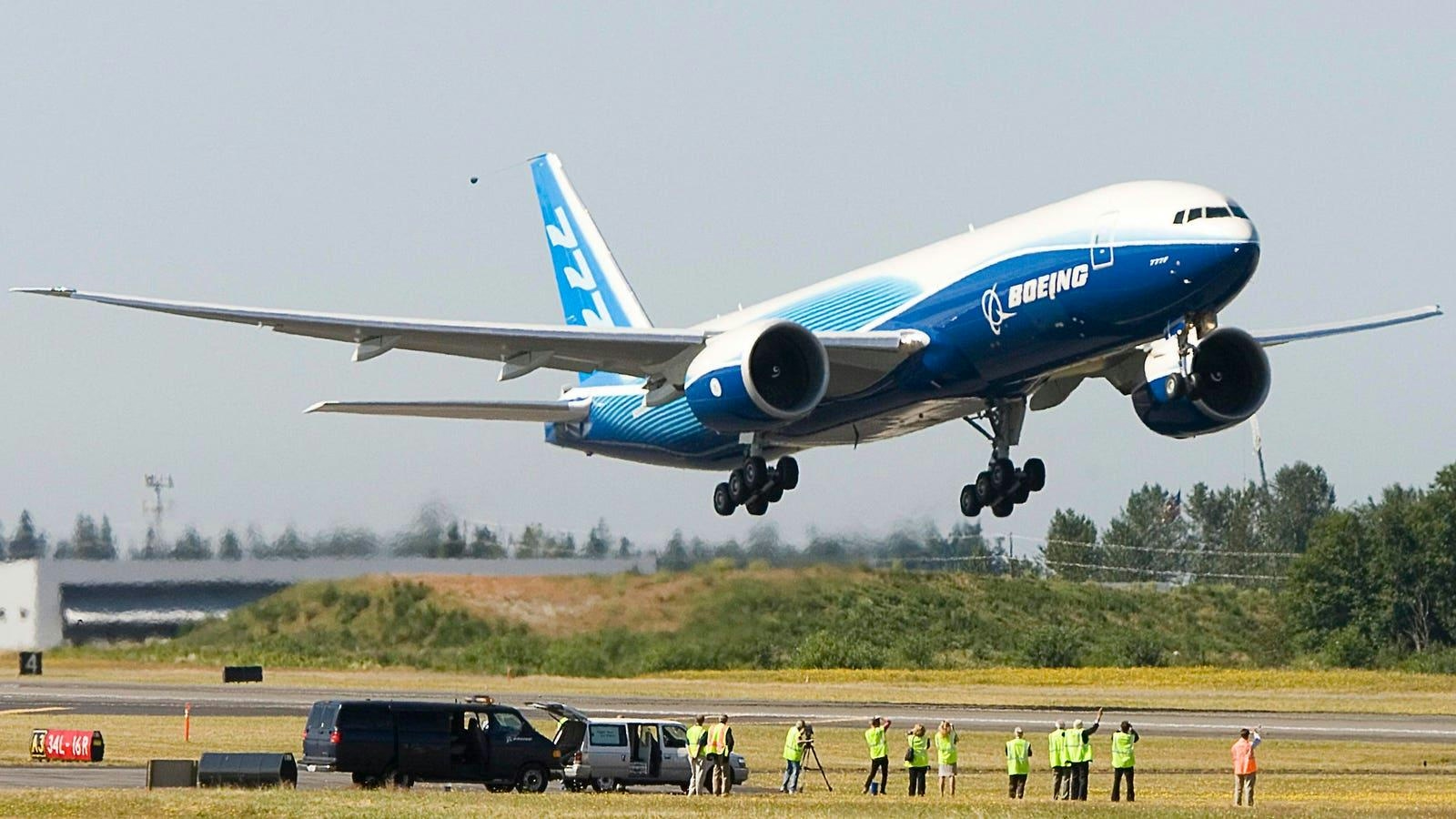
New Aircraft to Succeed the Boeing 777-200LR
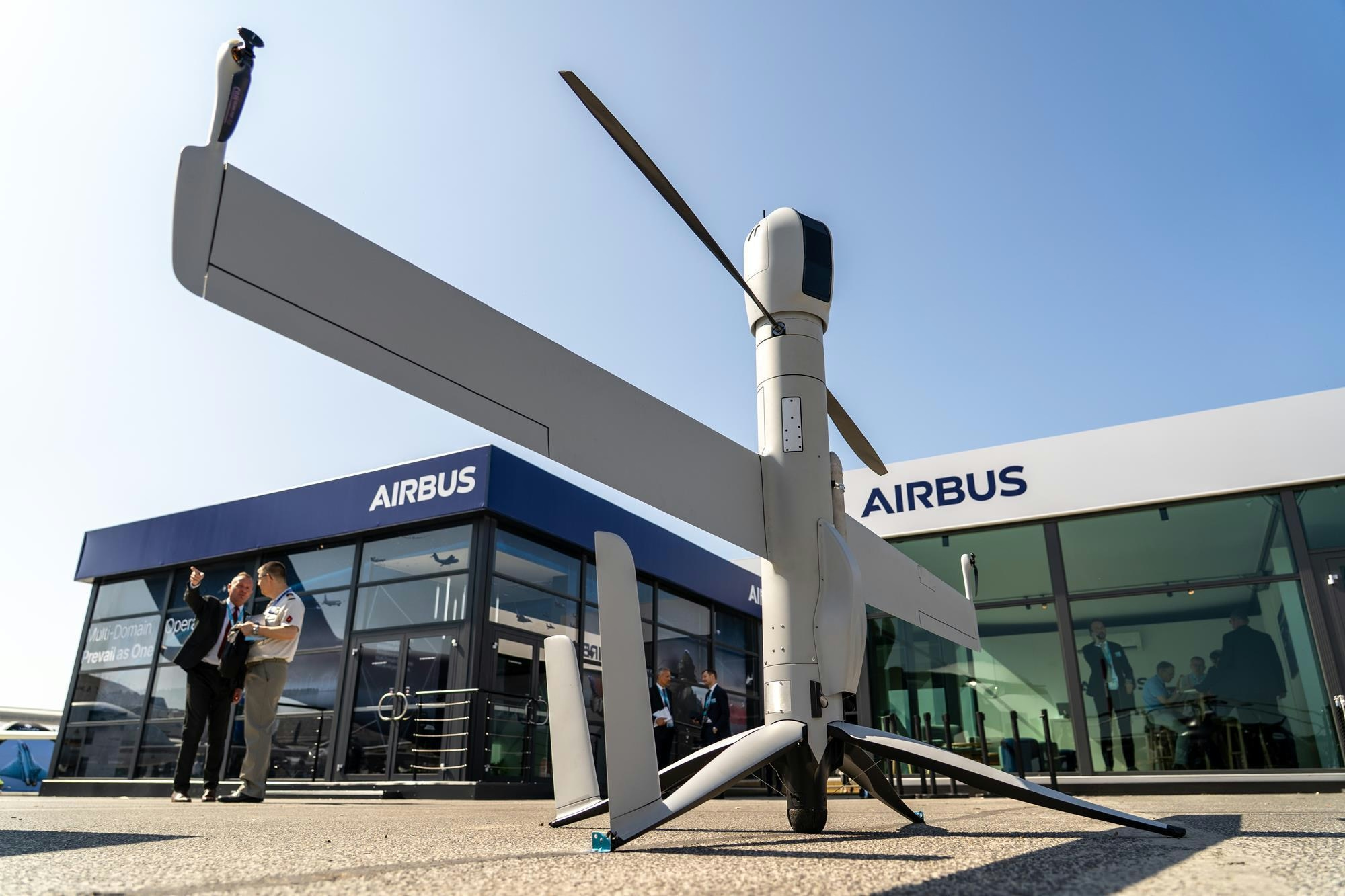
Uzbekistan Becomes First in Central Asia to Order Airbus Flexrotor Drones
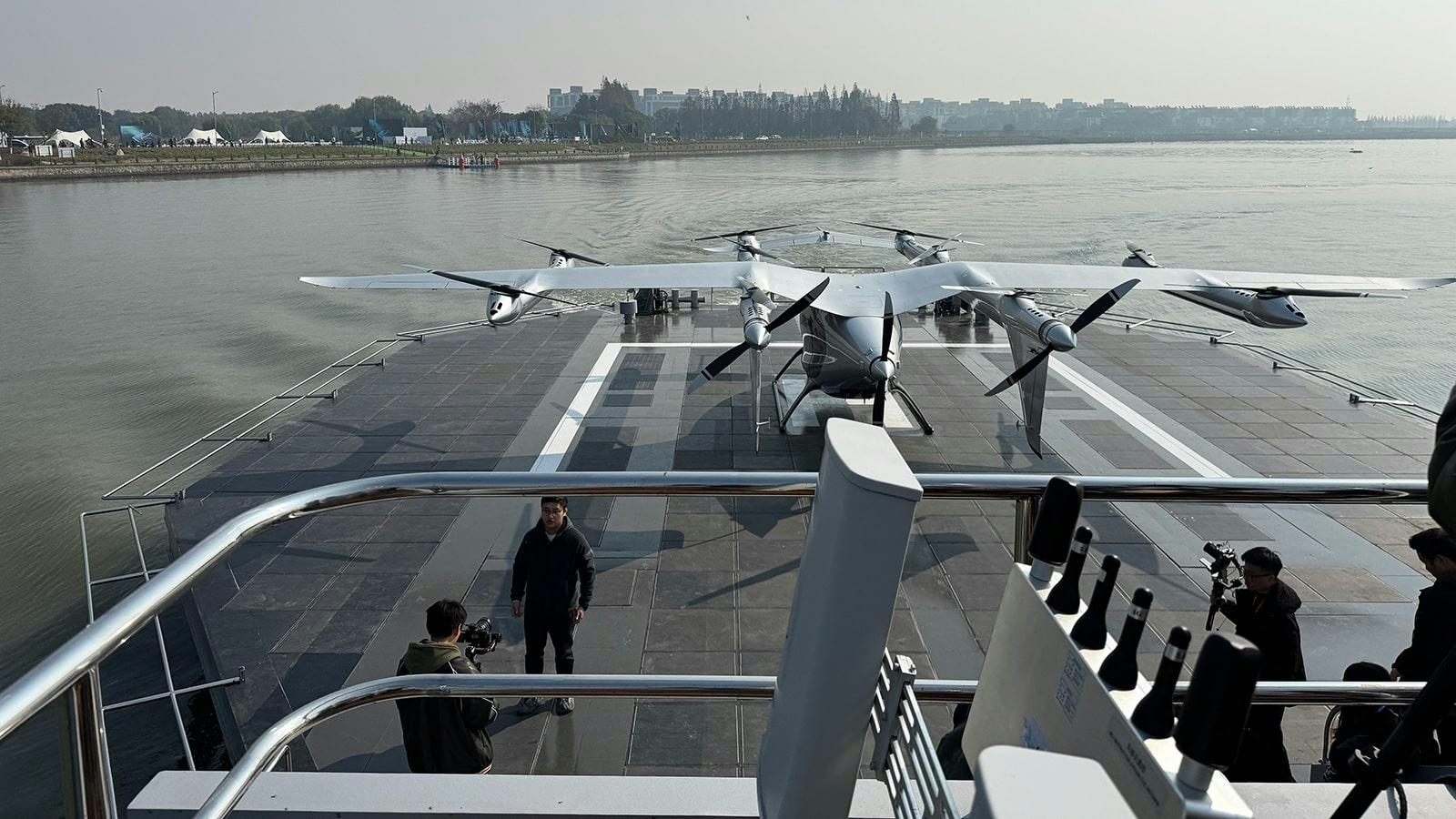
AutoFlight Unveils Zero-Carbon eVTOL Water Vertiport

SmallRig Partners with Photographer Chen Cheng to Advance Aerial Imaging

Aviation Lease Rates Hit Record High
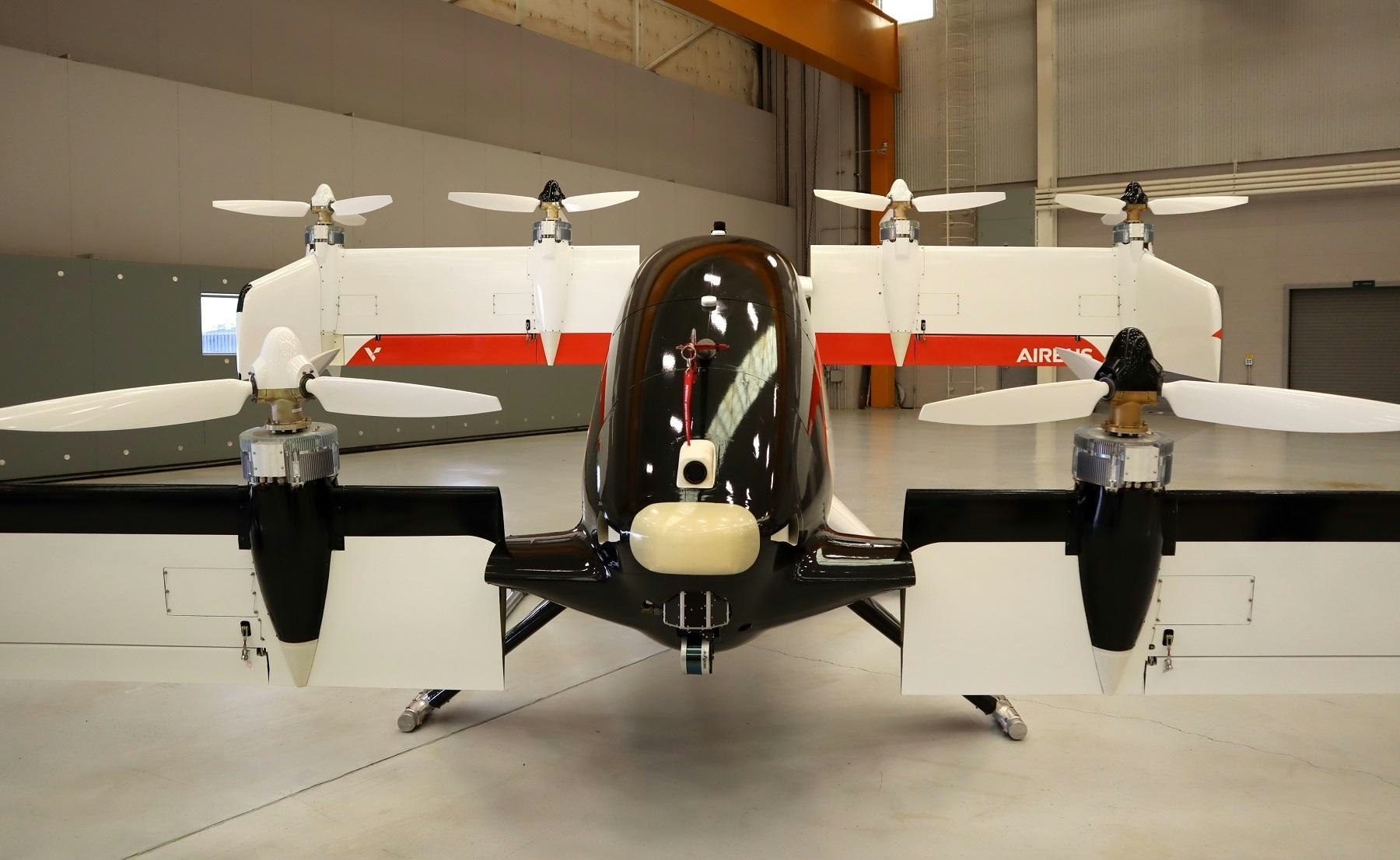
Inside a Four-Seater Flying Taxi Designed for Future Pilotless Flights

Dubai Prioritizes Public Safety Ahead of 2026 Air Taxi Launch

Emirates Airlines Unveils Major Initiatives at Dubai Airshow
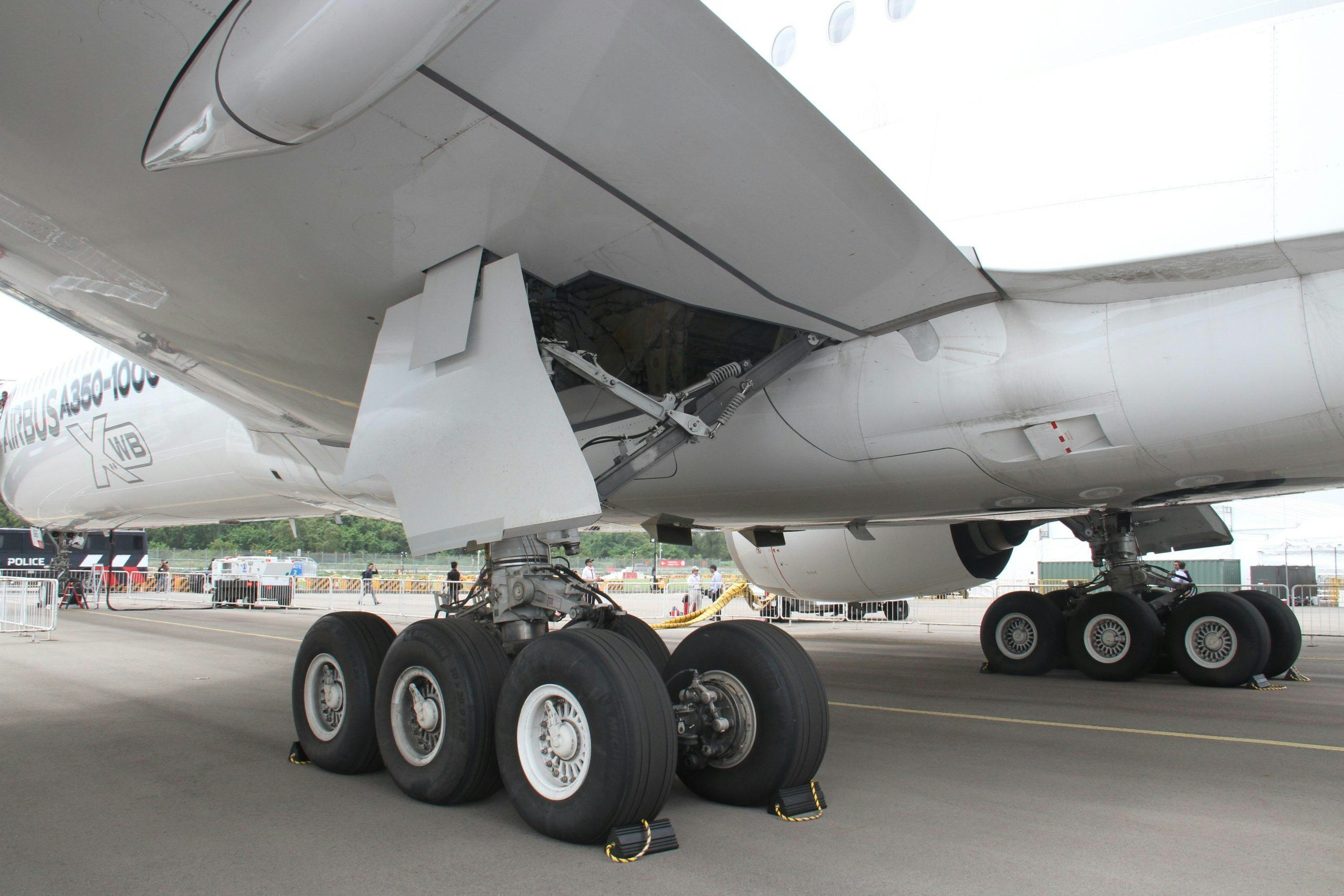
Why Airbus Markets the A350 as a Long-Range Leader
